This article was written by Seth Naeve, University of Minnesota Extension agronomist
In mid-February 2023, Northern Soy Marketing (NSM) organized an outreach mission to Indonesia, a country comprised of over 17,000 islands, including Java, Sumatra and Sulawesi, and occupying part of the islands of Borneo and New Guinea. Home to around 280 million people, Indonesia is the fourth largest country in the world by population, and the largest Muslim-majority country. Due to a modest per capita income of around $4,300 per year, vegetable proteins, such as tempeh produced from fermented soybeans, are a staple. Broilers, eggs and fish provide much of the remaining protein for diets, though beef and dairy are also important.
With the total feed market at roughly 20 million metric tons (MMT) annually – 9.7, 7.2 and 1.6 MMT for layers, broilers and aqua, respectively – Indonesia is an important market for soybean meal for feed. The current U.S. market share for soybean meal is very small, but there is significant room for growth. Through educational trade missions that focus on the high value of soybeans and soybean meal produced in the northern U.S., NSM hopes to increase U.S. exports to Indonesia.
The recent mission to Indonesia included a poultry nutritionist, Dr. Robert Swick, Professor Emeritus, University of New England, Australia; farmer Michael McCranie; NSM staffers Katelyn Engquist and Sydney Harris; and me, a University of Minnesota Professor and Extension Agronomist. While in the country, we met with nutritionists and purchasing staff at six feed mills in the Jakarta and Surabaya areas of Java. During these meetings, Swick and I provided information about soybean composition variation and the value of soybeans and soybean meal from global production regions.
It is clear to me that Indonesian nutritionists appreciate that protein concentration is not a good measure of soybean and soybean meal value. They are interested in increasing the sophistication of their operations by sourcing soybean protein with better amino acid balance and higher energy. Unfortunately, U.S. meal is rarely offered to them or to their suppliers as purchasers are primarily choosing between Brazilian and Argentinian meals.
While an increased supply of U.S. meal in the next few years will help open doors for increased purchases of meal produced in the northern U.S., U.S. farmers should be proud to be the primary supplier of soybeans for tempeh, of which Indonesia produces around 2.4 MMT annually. While we support current U.S. exports of soybeans for human consumption, we can continue to provide science-based information to animal nutritionists to support future purchases of U.S. meal for poultry and aqua feed in Indonesia.


